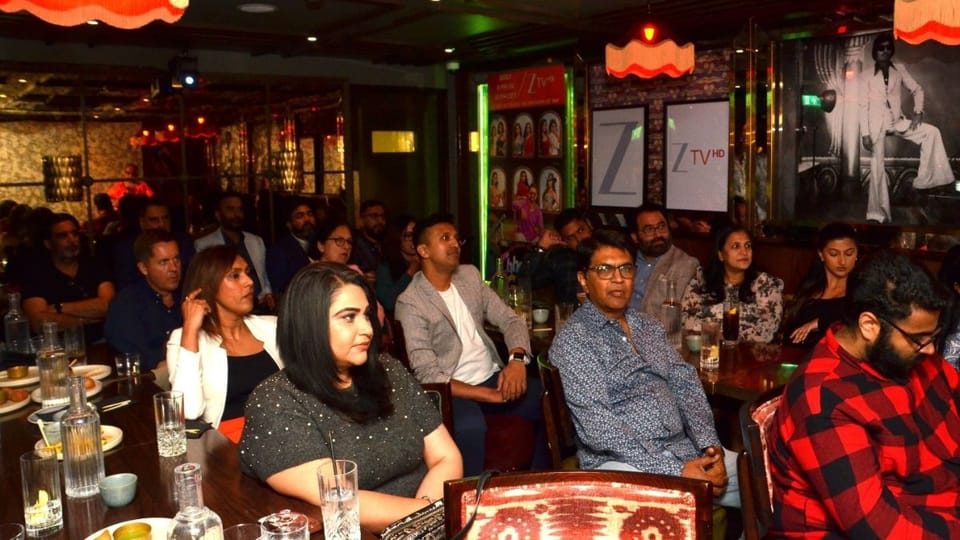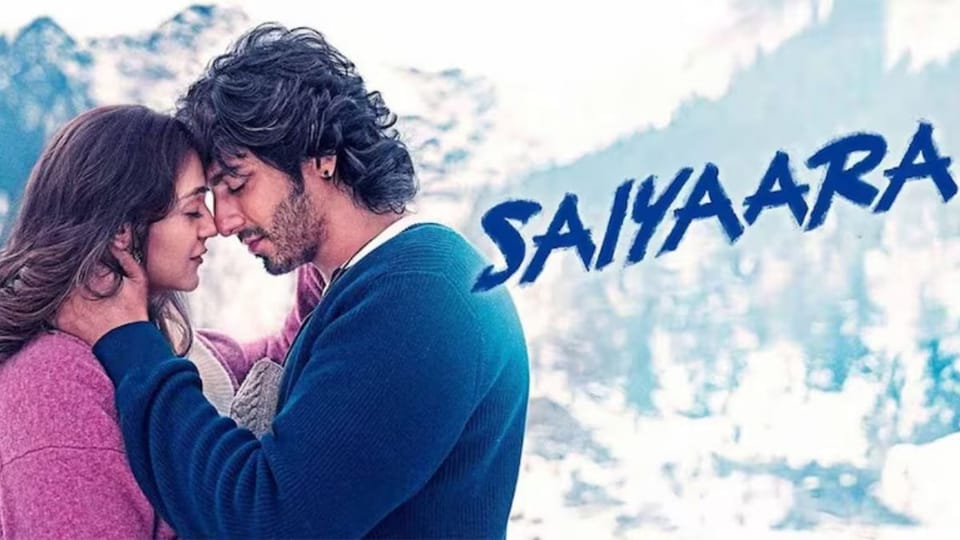Aamir Khan's New Frontier: Why 'Sitaare Zameen Par' Premiered on YouTube, Not OTT - Exploring possibilities

When Aamir Khan announced that his much-awaited film Sitaare Zameen Par would skip traditional streaming giants like Netflix, Prime Video, Disney+ Hotstar, and ZEE5 in favor of a ₹100 pay-per-view release on YouTube, it wasn’t just another distribution decision. It was a bold disruption—a calculated move to reshape how cinema reaches Indian audiences in a digital-first world.
The idea seems deceptively simple: offer the film directly to viewers on his YouTube channel Aamir Khan Talkies, asking them to pay ₹100 for a single viewing, similar to a theatre experience. But behind this simplicity lies a deep strategy, one that challenges the hegemony of OTT platforms and hints at the future of creator-led digital cinema.
The Creator's Gamble
Aamir Khan reportedly turned down lucrative OTT offers—some estimated to be upwards of ₹125 crore—in favor of a self-controlled digital release. The logic? Independence. “This is janta ka theatre,” Aamir remarked in one of his interviews, positioning this model as a way to give control back to both the audience and the creators.
OTT platforms, for all their reach and budgets, come with caveats: limited transparency, content bundling, platform algorithm dependency, and significant revenue sharing. By sidestepping these platforms, Khan ensures complete ownership—not just of profits, but of how the film is marketed, accessed, and experienced.
A Theatre Inside Your Screen
Sitaare Zameen Par is being offered to users at a one-time cost of ₹100. Once paid, the viewer gets access to watch the film within a 48-hour window—mirroring the theatrical model, but without the physical constraints. This isn’t a subscription. It’s not bundled with thousands of other titles. It’s a deliberate, stand-alone event.
In a way, this model revives the long-forgotten TVOD (Transactional Video On Demand) structure, where consumers pay for individual titles instead of committing to a monthly plan. For a country like India, where streaming penetration is still largely urban-centric and many Tier 2 and Tier 3 users lack OTT access or interest, YouTube remains king. A ₹100 one-time price point, accessible through a widely available platform like YouTube, is not just affordable—it’s inclusive.
Why YouTube?
India has over 490 million monthly active YouTube users. OTT subscriptions, by contrast, cater to a much smaller, mostly urban audience. With mobile-first access, YouTube lets Sitaare Zameen Par reach families who don’t frequent theatres and don’t pay for digital subscriptions.
Beyond reach, there’s a stronger case for control. Releasing the film through YouTube Pay-Per-View means no licensing deals, no delay in revenue flow, and full access to audience analytics. In an era where data is the new currency, this shift could mean better targeting and better future content planning.
Filmmakers like Hansal Mehta have hailed Aamir’s move as “smart and creator-friendly,” suggesting this model could inspire other independent storytellers to take similar leaps.
Fighting Piracy, Innovating Access
One of the biggest challenges faced by any theatrical or digital release today is piracy. Aamir Khan’s team has proactively hired anti-piracy experts and implemented watermarking and digital tracking technologies to combat illegal distribution.
At the same time, the low ₹100 entry point reduces the financial incentive to seek out pirated versions. It’s a double strike—make it easy to access legally, and hard to steal illegally.
Economics of Control
Let’s talk money. On OTT, filmmakers typically give up a significant chunk of earnings to the platform—sometimes over 50%. In this model, almost every rupee goes to the creator after platform fees. That changes the economics of digital cinema. It also means more transparency in performance metrics.
And there's brand building. This release turns Aamir Khan Talkies into more than a production house—it becomes a digital cinema hub. Aamir is reportedly planning to release his classics (Lagaan, Peepli Live, Taare Zameen Par) via the same platform. Over time, this YouTube channel may become a premium cinema destination in its own right.
What This Means for the Industry
The release of Sitaare Zameen Par on YouTube has sparked debate. Will other big-budget films adopt this route? Will OTT platforms respond by revising their creator deals? Will more filmmakers opt to control their own releases?
The move also opens doors for regional cinema. A director in Kerala or Assam may not get a Netflix slot, but could use the same pay-per-view model to reach diasporic or regional audiences across India and beyond. For the first time, digital distribution feels democratic.
Of course, risks remain. There’s no guaranteed viewer base. There’s no marketing push from a streaming giant. Piracy is always a threat. And there’s still a behavioural shift required for Indian viewers to pay for individual digital titles.
But if there’s one star in India who’s known for starting conversations and challenging norms, it’s Aamir Khan. With Sitaare Zameen Par, he’s not just telling a story. He’s experimenting with a system.
One that might just redefine the economics of Bollywood.
Disclaimer: This article is based on publicly available media reports and commentary. It is meant for informational and journalistic purposes only.




